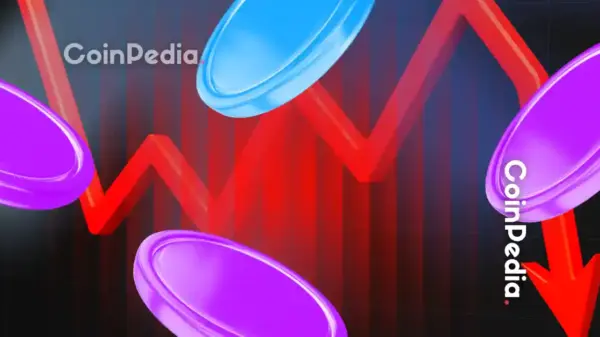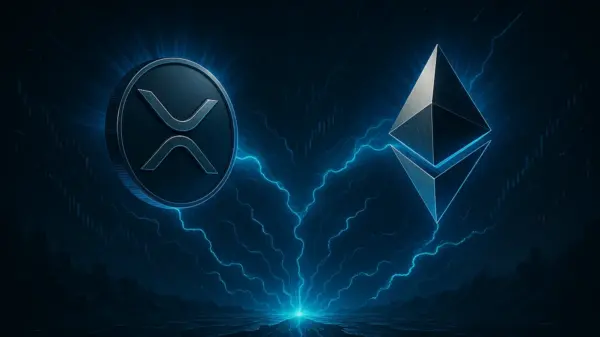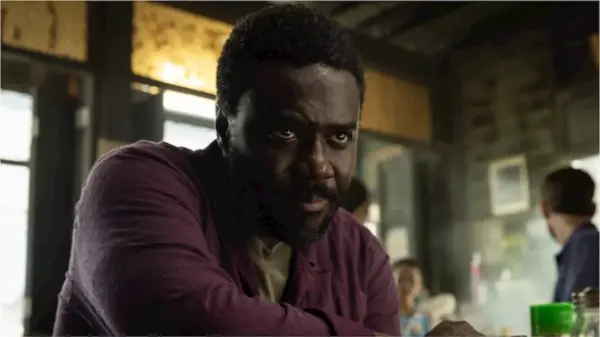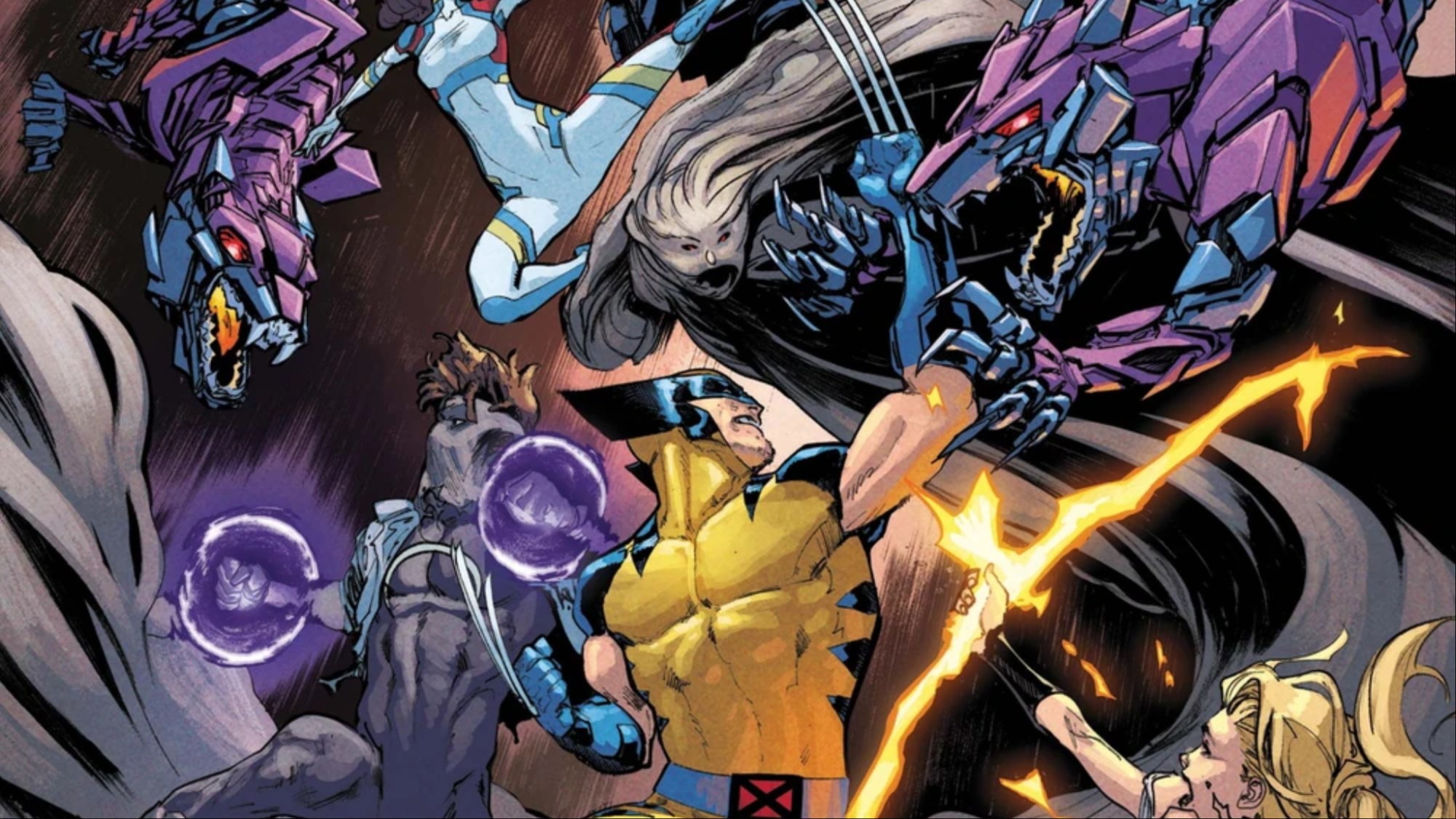The latest installment of Uncanny X-Men, written by Gail Simone and illustrated by David Marquez, has emerged as a standout success in Marvel’s current publishing landscape. Amid the contentious “From the Ashes” initiative, which has drawn mixed reactions from fans, this series has not only salvaged its identity but also revitalized the spirit of the X-Men franchise.
Uncanny X-Men’s Unique Position
The X-Men have experienced significant highs and lows since their inception. Initially regarded as one of Marvel’s lesser titles during the Silver Age, they transformed into a phenomenon, even becoming the bestselling comic of all time. However, the 21st century has seen fluctuating fortunes for the team, particularly with the introduction of the controversial “From the Ashes” publishing initiative. This effort has been perceived by many as a regression, reverting to themes reminiscent of earlier controversial arcs like Operation: Zero Tolerance and Avengers Vs. X-Men.
Despite these challenges, Uncanny X-Men has stood out as a beacon of quality. Simone’s writing, paired with Marquez’s artistic talent, has created a series that resonates with long-time fans while attracting new readers. The current narrative explores various character dynamics and introduces new mutants, all while maintaining a strong foundation built around character development.
Character-Driven Storytelling
At the heart of Uncanny X-Men is a commitment to character-driven storytelling. Simone, a known admirer of Chris Claremont, the legendary writer who shaped the X-Men’s identity, masterfully develops multi-dimensional characters. The series features iconic figures like Wolverine, Rogue, Gambit, Nightcrawler, and Jubilee, while also introducing new characters such as Ransom, Jitter, Calico, and Deathdream.
Simone’s ability to weave these characters into the fabric of the story enhances the narrative’s depth. For instance, the relationship between Gambit and Rogue is portrayed with nuance, while the budding romance between Jitter and Calico adds a fresh layer to the series. The focus on mentorship among the mutants, where seasoned characters guide the newcomers, further enriches the storyline.
Additionally, the series has embraced a unique setting by relocating the X-Men to New Orleans. This choice not only adds a Southern Gothic horror vibe but also allows for original storytelling that contrasts sharply with the often-repetitive narratives seen in other X-Men titles. Key plotlines, such as the struggle against Sarah Gaunt and the recently concluded “Dark Artery” arc, exemplify Simone’s innovative approach.
Visually, Marquez’s artwork elevates the series. His intricate linework and ability to capture dynamic action scenes make Uncanny X-Men one of the most visually appealing titles in the current Marvel lineup. The contribution of colorist Matthew Wilson further enhances the artwork, ensuring that the series maintains a cohesive and stunning visual identity.
The contrasts between Uncanny X-Men and the broader “From the Ashes” initiative are striking. While some titles have been criticized for lacking originality, Simone’s work consistently introduces fresh ideas, making the series a standout among its peers. Each issue has the potential to bring readers something new, a rarity in the current Marvel landscape.
As Marvel continues to navigate its publishing strategy, Uncanny X-Men remains a testament to what a dedicated creative team can achieve. Simone and Marquez have revitalized the series, reminding audiences of the enduring appeal of the X-Men. In a time when many titles struggle, this comic has proven that it can transcend mediocrity, capturing the essence of what makes the X-Men so beloved.
In conclusion, Uncanny X-Men is not just another entry in the X-Men saga; it is a revival of a franchise that has captivated readers for decades. As readers eagerly await the next chapter, the hope is that Simone and Marquez will continue to explore new narratives that stay true to the legacy of the X-Men.






































































